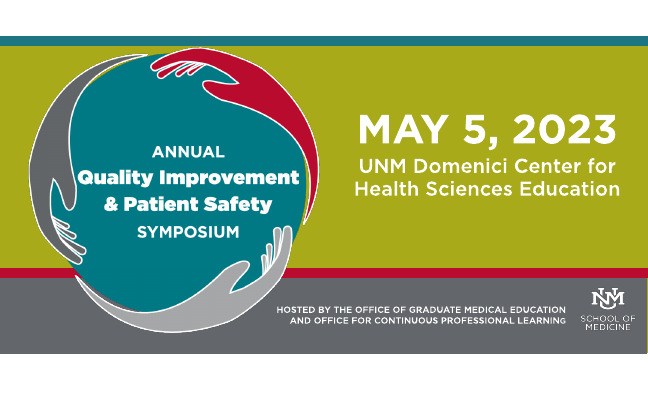Document Type
Poster
Publication Date
3-6-2020
Abstract
Introduction:
In order to ensure a laboratory assay is performing optimally and accurately results must be monitored over time. Per the College of American Pathologists (CAP) in general, for quality assurance purposes, results of any given assay must be reviewed monthly to assess for trends, outliers, and other possible problems to ensure timely investigation and/or remedy if needed. For molecular testing, choosing an appropriate method for monitoring can be difficult as the results of testing are not quantitative and the frequency of a positive finding may vary based of a patients clinical diagnosis and other demographic information.
Methods:
All result data collected on multiple single gene assays to evaluate various neoplastic processes from January 2014 (as the earliest possible date) to June of 2019 were reviewed. Using Excel 2010, the proportion of positive tests per month were examined utilizing control charts looking for trends, outliers, or other significant findings with control limits set to 2 standard deviations. The number of total tests per month was also plotted over time. The assays examined included: BRAF, CALR, CEBPA, EGFR, FLT-3, KIT, KRAS, MGMT, MPL, and NPM1.
Results:
All the examined graphs showed that the test results were in control, with one graph (KIT) showing a single significant outlier. Further investigation of this outlier revealed that vast majority of tumors tested that month were gastrointestinal stromal tumors (GIST), which frequently harbor KIT mutations (see Figure 1). This analysis also allowed the lab to easily evaluate testing volumes over time. Those assays showing progressively increasing volumes included: BRAF, CALR, FLT-3, MPL, and NPM1.
Conclusion:
Utilizing control charts for monitoring molecular assays can be very useful for test monitoring and quality assurance. Outliers and trends can be easily recognized allowing for rapid investigation and remedy if needed. Finally, review of this data gave us an opportunity to better understand the frequency of finding mutations, in the examined genes, in our local population.
Recommended Citation
Toth, Laura; Teah Ruetschilling; and Devon Chabot-Richards. "Fun with control charts: Monitoring neoplastic mutation frequencies over time." (2020). https://digitalrepository.unm.edu/hsc_qips/10


Comments
Presented at the University of New Mexico Health Science 2020 Annual Quality Improvement and Patient Safety Symposium